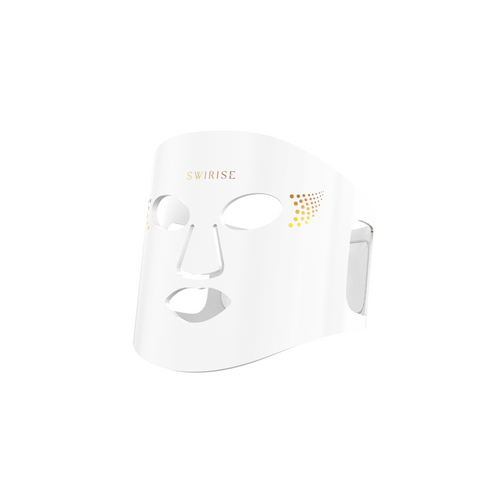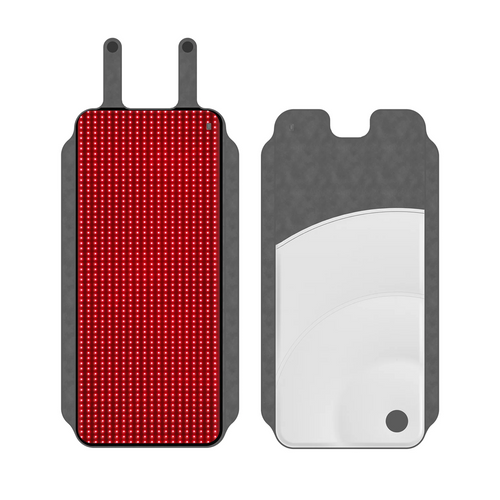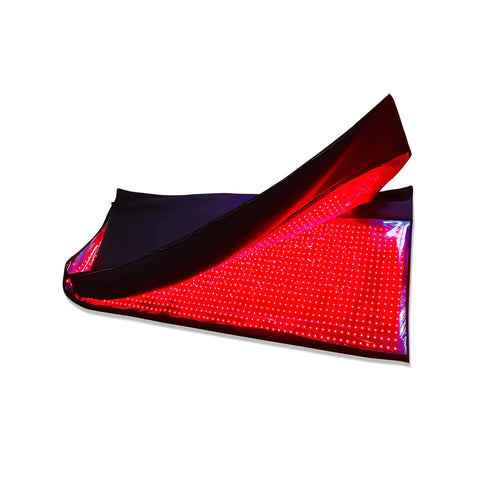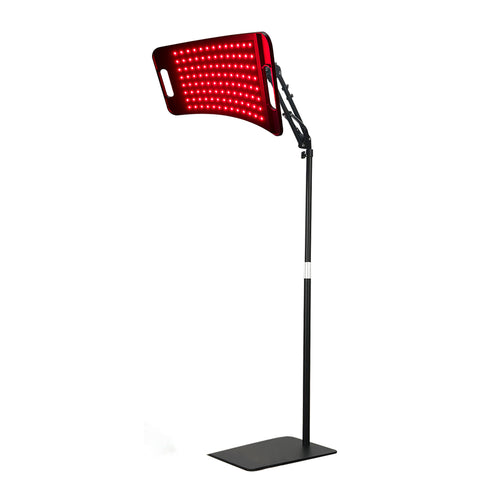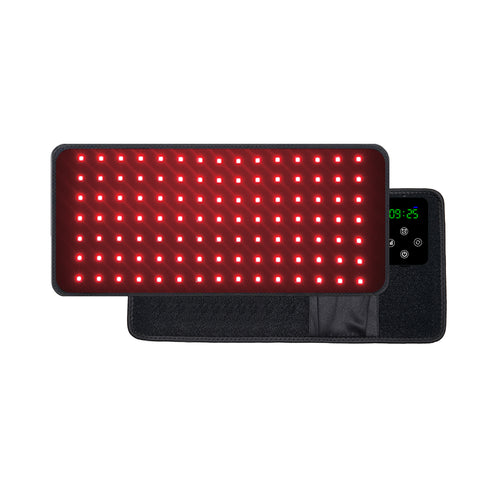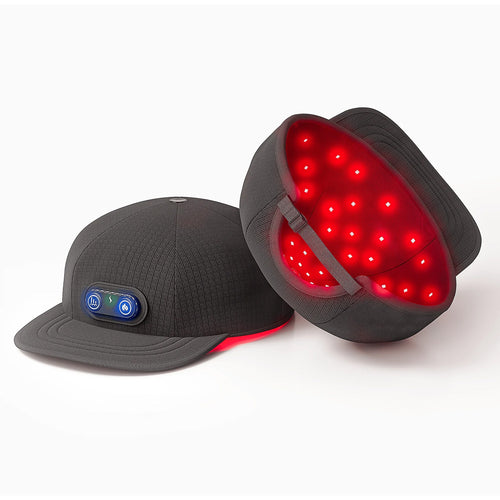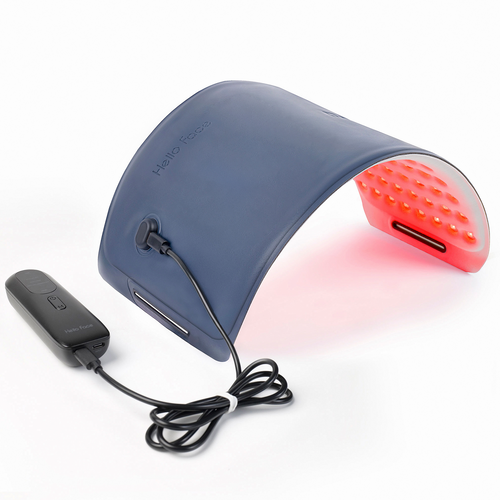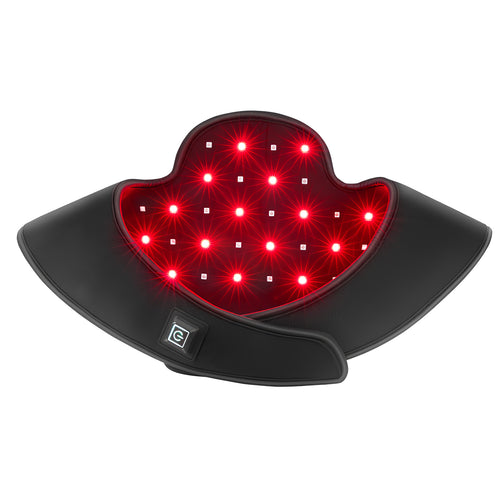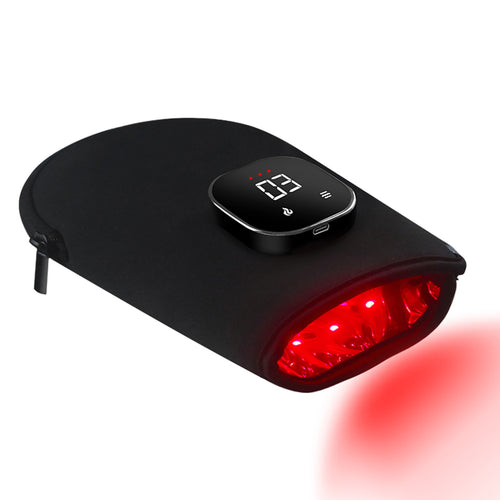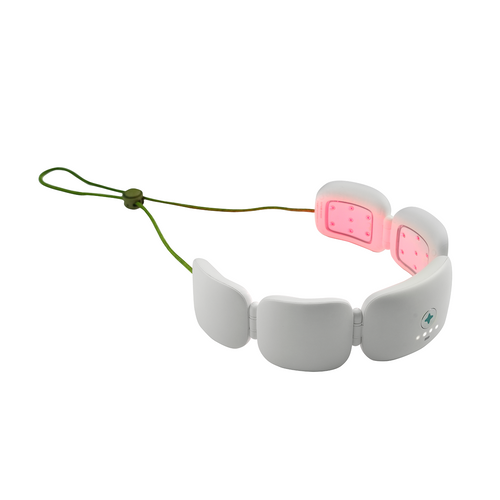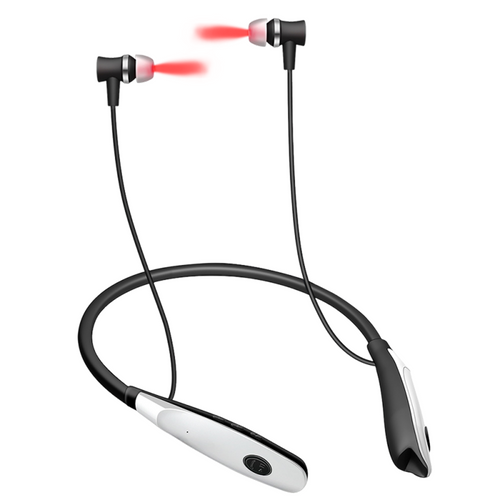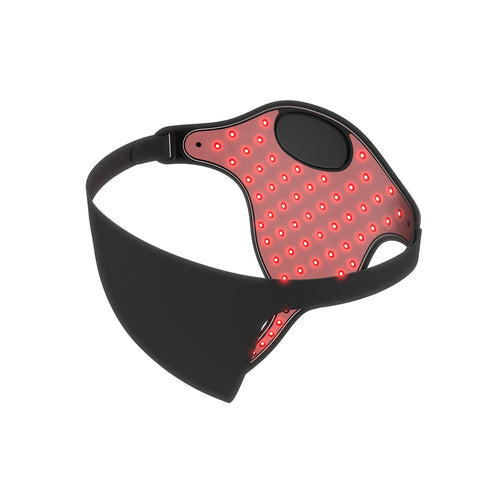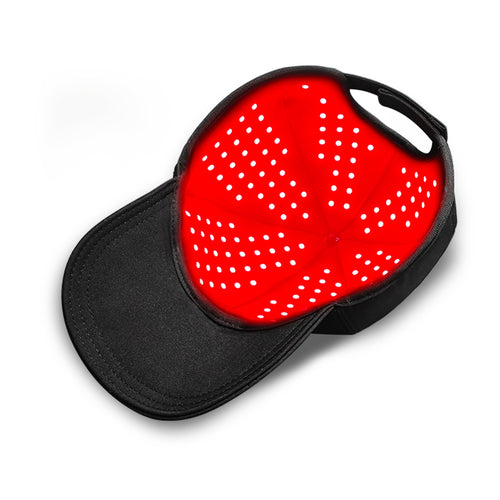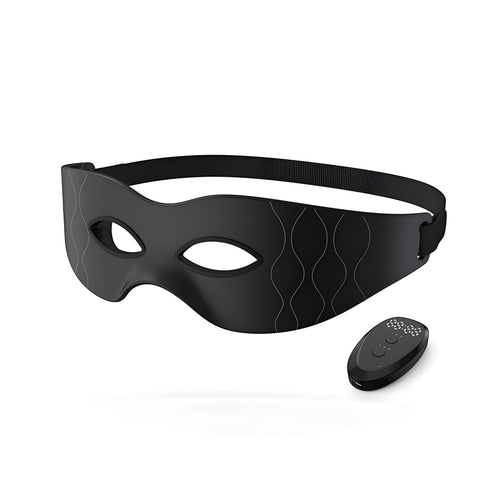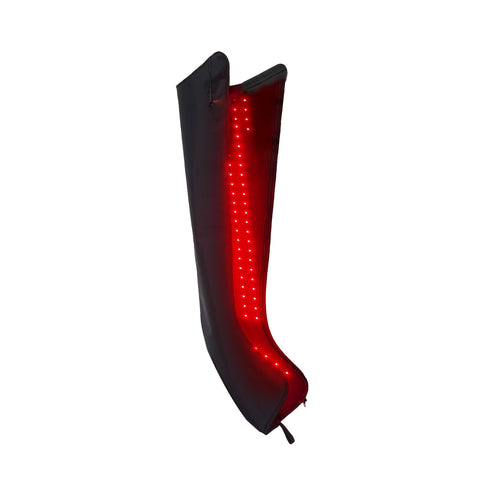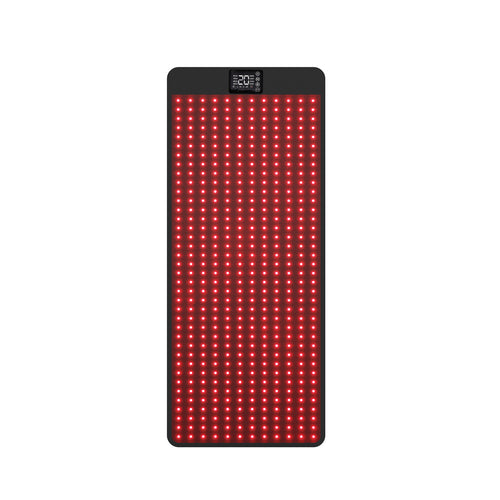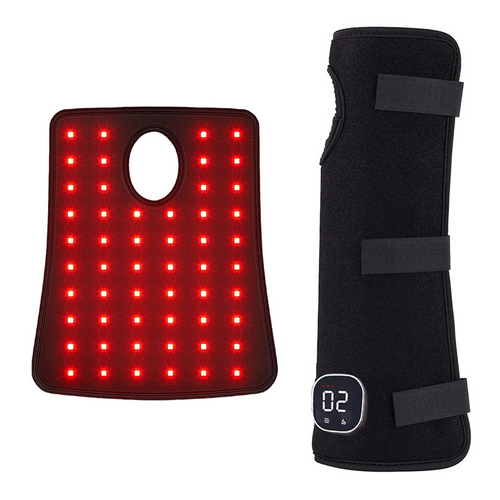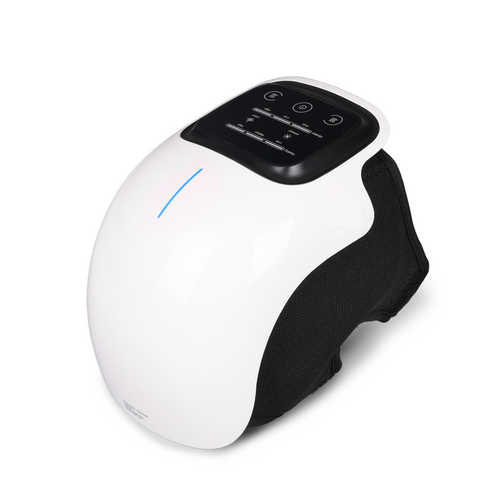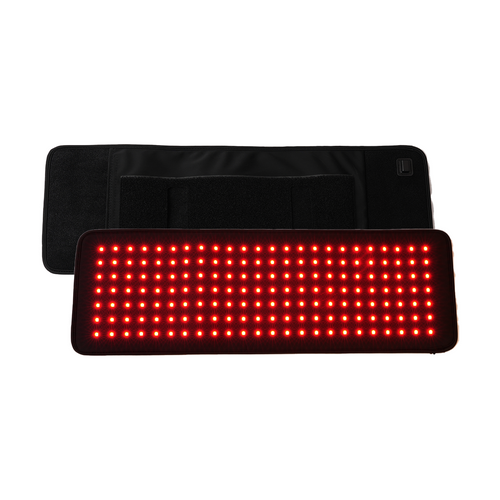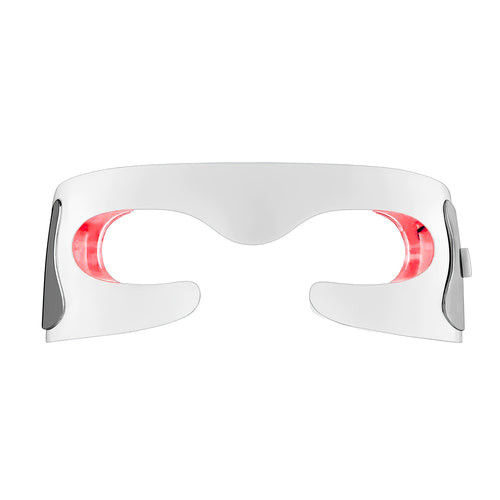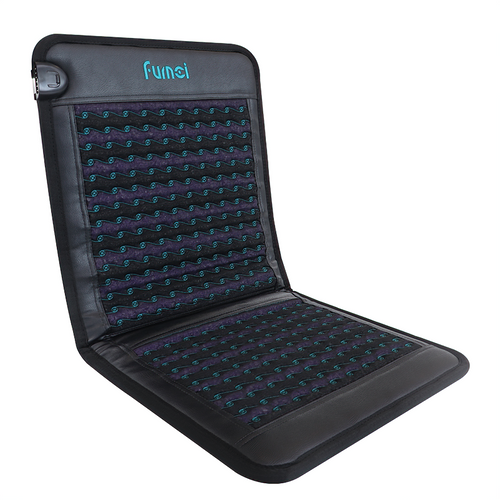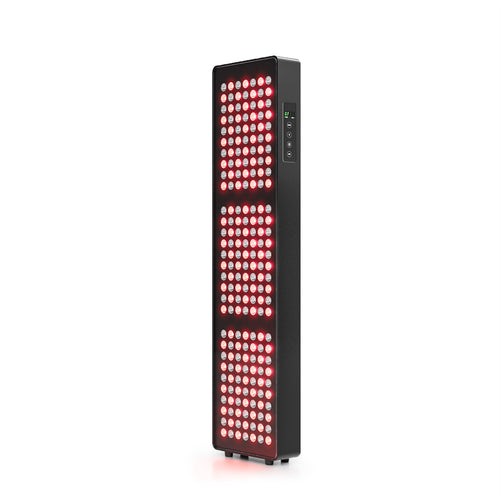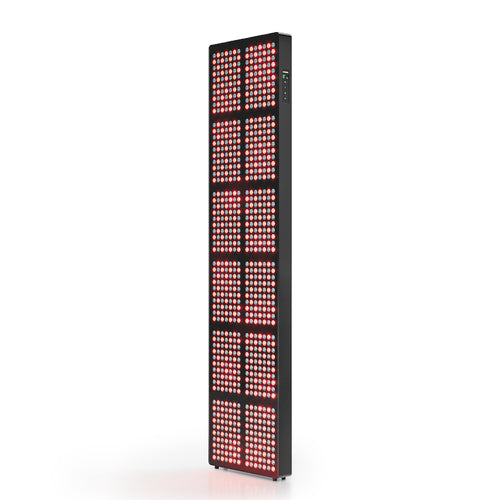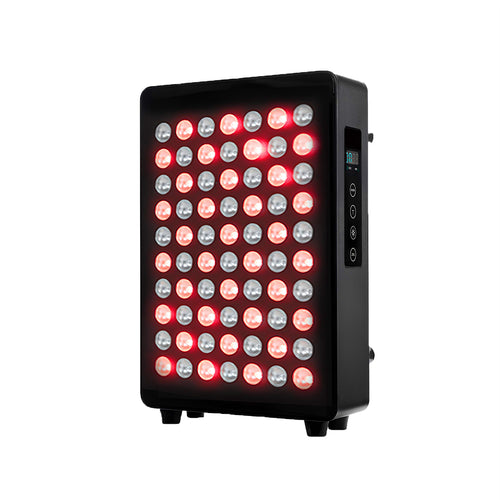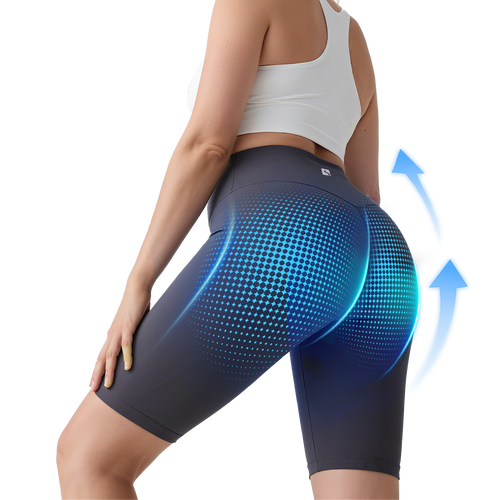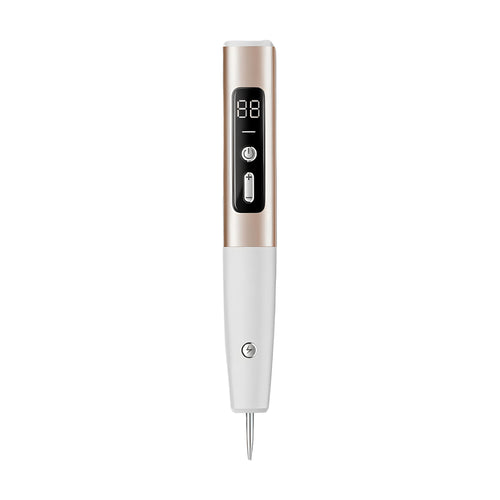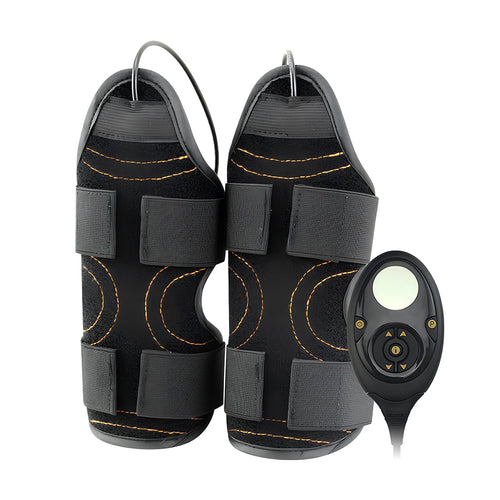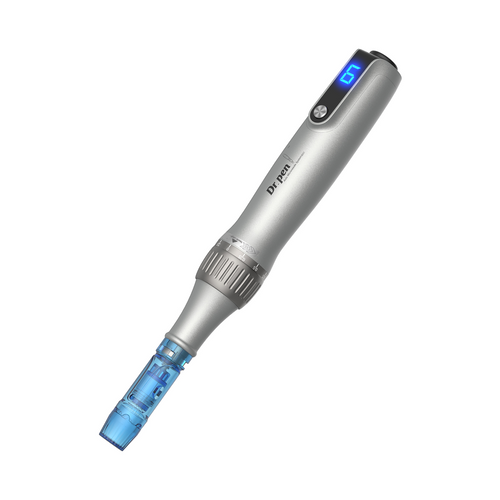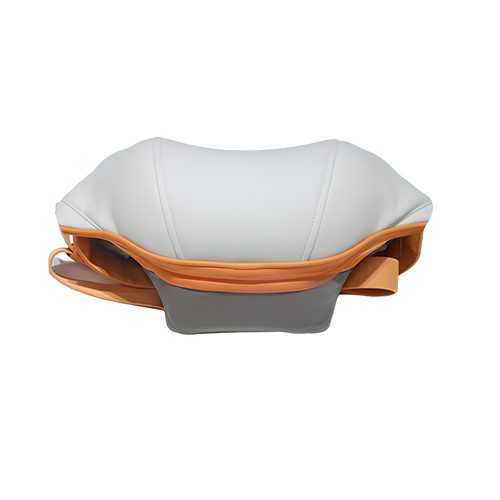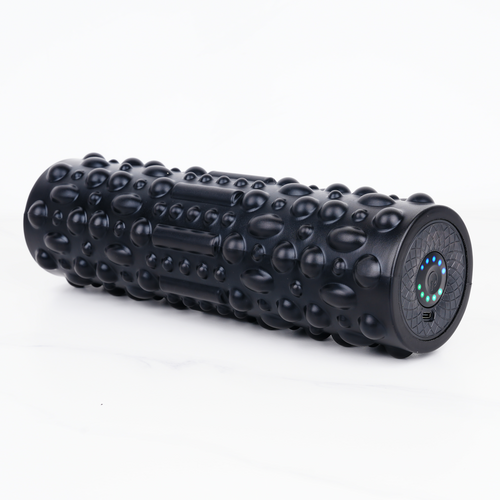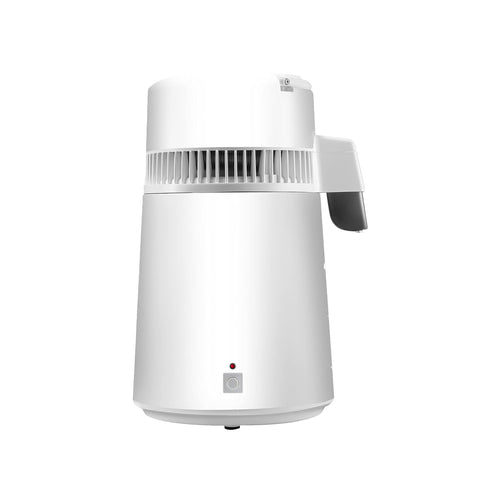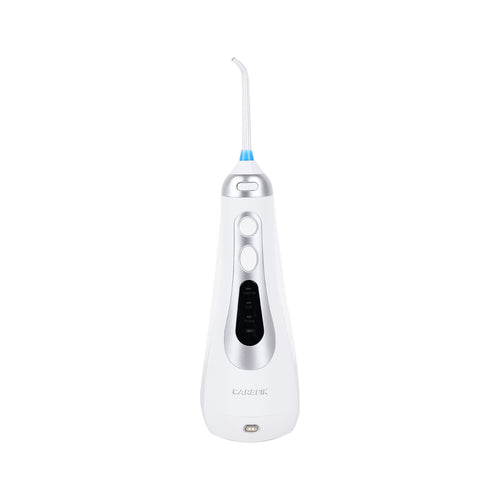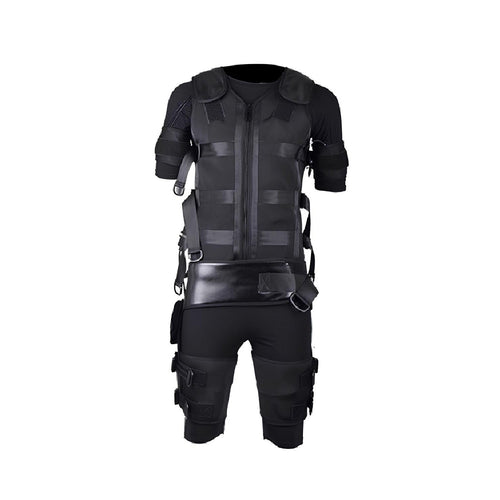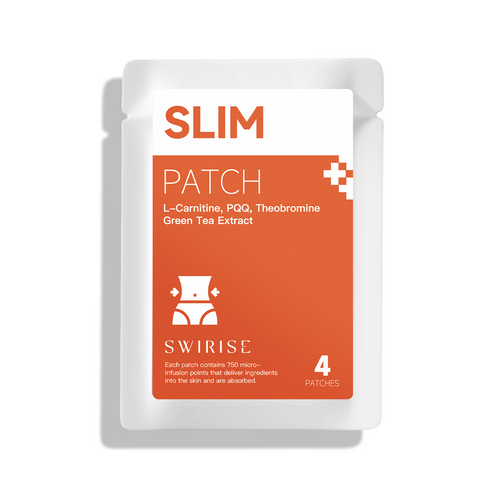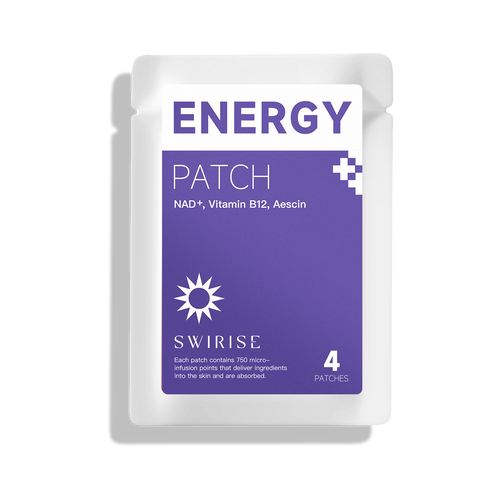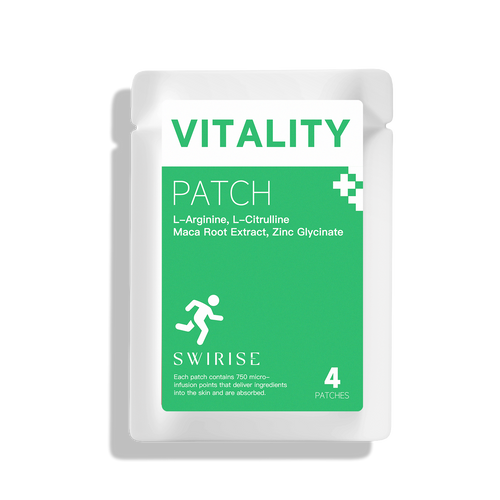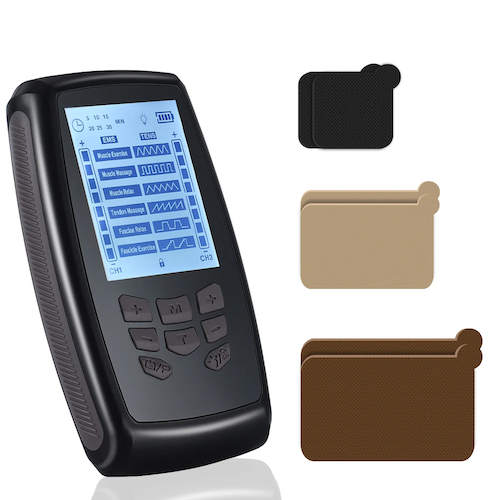
Ashley Graham’s EMS Training Routine: The Secret Behind Her Strength
JustinLinAshley Graham has always made strength and self-confidence look effortless — but the reality is smart routines, recovery discipline, and selective tech. Recently, she let cameras into a Pilates session where she used a wearable EMS system to amplify every movement. It wasn’t a flashy gimmick; it was a precise, time-efficient tool that helped her squeeze more quality out of a short workout window. For professionals like Ashley — balancing travel, shoots, and family life — EMS offers targeted muscle activation, faster recovery, and a way to maintain functional fitness without endless hours at the gym.
Why EMS Training Beats Longer Workouts — Ashley’s Case for EMS
High-quality movement + consistent recovery + smart tech = sustainable results. Ashley’s EMS work fits into the “smart tech” corner: short sessions, measurable impact, and minimal disruption to the rest of her routine. If you want sculpting that supports real-life schedules, EMS is worth understanding.
Who is Ashley Graham and How Does EMS fit into her life
Ashley Graham is a global supermodel, author, and body-positive advocate known for blending runway-level presentation with accessible wellness messaging. Her training focuses on function first: posture, pelvic health, core strength, and durability. EMS allows her to emphasize those priorities — targeted activation for stabilizers, time-efficient conditioning for glutes and core, and quicker recovery between demanding commitments.
What is EMS sculpting
EMS (Electrical Muscle Stimulation) sends calibrated electrical pulses to muscles, causing them to contract and relax.
How it helps compared with conventional training:
Because EMS can activate deeper motor units and recruit fibers at higher frequencies, a short EMS session can produce levels of muscle engagement that would otherwise take longer with voluntary exercise alone. Use it properly and it complements resistance work, Pilates, and mobility training rather than replacing them.
Direct benefits you’ll actually feel and measure
- Deeper muscle recruitment for improved tone and definition.
- Faster reduction in post-workout soreness and better recovery windows.
- Improved local circulation and nutrient delivery.
- Stronger stabilizer muscles for posture and balance.
- Time efficiency — meaningful stimulus in 10–20 minutes.
How Ashley uses EMS
- Warm-up (5–8 minutes): light mobility, breath work, short activation without EMS.
- EMS on — targeted Pilates (12–18 minutes): Ashley straps on the EMS suit/shorts, sets intensity to a comfortable but stimulatory level, then runs a structured Pilates circuit: core holds, controlled hip extensions, single-leg balance flows. EMS augments each controlled contraction, making the small, technical Pilates movements more “potent.”
- Cool-down & recovery (5–10 minutes): mobility, light rolling, and sometimes a low-intensity TENS pain-relief pass for acute soreness.
Result: a single 25–35 minute block that combines mobility, strength, and recovery — ideal during travel or between shoots.
Why Choose Swirise?
Swirise positions itself as a scientifically minded, user-first EMS brand. In Ashley’s routine, Swirise’s strengths translate to practical wins:
- Clinically informed design
Swirise emphasizes validated EMS waveforms and targeted channels, so you stimulate specific muscle groups safely and efficiently.
- Health-forward benefits
Beyond aesthetics, Swirise devices target recovery, pain relief (via combined TENS in select models), circulation, and pelvic health — all areas important for long-term functional fitness.
- Practical usability
No gels for most wearables, portable designs, adjustable intensity curves, and product formats that match real life: full-body suites, shorts, pocket massagers, and even foot stimulators.
1. Swirise TENS and EMS Massager
Price: $99
Overview:
Portable dual-function device that combines TENS (nerve-targeted pain relief) and EMS (muscle activation) in a compact controller with electrode pads of multiple sizes.
Best for:
Anyone seeking an affordable, travel-friendly tool to relieve localized pain and maintain muscle tone between workouts. Great for backstage, office, or travel use.
Key benefits & features:
- Dual-zone outputs with 6 therapy modes and 8 intensity levels per output.
- TENS modes reduce nerve pain and perceived soreness; EMS modes stimulate local muscles.
- Comes with 3 electrode pad sizes for spot treatment (small, medium, large).
- Lightweight, battery-powered, and easy to operate on the go.
2. Swirise EMS Toning Shorts
Price: $299
Overview:
FDA-cleared EMS shorts engineered to target the lower body — glutes, thighs, and pelvic floor. They deliver high-frequency contraction patterns to simulate large volumes of traditional exercise in brief sessions.
Best for:
People focused on glute shaping, thigh toning, and pelvic floor strengthening who want non-invasive, time-efficient results.
Key benefits & features:
- Glute lift & thigh sculpting in ~15 minutes per day.
- Clinical timeline: visible improvements commonly reported within 4–6 weeks when used as directed.
- Session equivalency: each intensive session marketed as comparable to several thousand voluntary reps up to 6,000 squats or 8,000 lunges per session.
- Comfortable, no-gel fabric design and adjustable fit.
4. Swirise EMS Fitness Suit
Price: $2,999
Overview:
A full-body, professional-grade EMS suit that integrates multiple channels of stimulation across major muscle groups. Built for simultaneous conditioning, recovery, and mobility support. Designed to deliver deep activation across core, posterior chain, quads, arms and stabilizers.
Best for:
Time-pressed professionals, trainers who want a portable pro-level system, and home users seeking full-body EMS capability.
Key benefits & features:
- Deep muscle recruitment that supports strength and tone.
- Reduces chronic pain and inflammation via targeted protocols.
- Boosts circulation and lymphatic flow for recovery and skin health.
- Bone and muscle support that can complement osteoporosis prevention strategies.
- Enhances sleep and reduces stress via parasympathetic recovery protocols.
- Time efficiency: protocols can deliver stimulation equivalent to approximately 2 hours of conventional training in a 20-minute session (protocol dependent).
Conclusion
Naomi Campbell shows that staying at the top isn’t just about hard work — it’s about smart recovery and innovative wellness tools. EMS sculpting helps her stay strong, graceful, and balanced, and now brands like Swirise make the same technology accessible to anyone. Whether your goal is fitness, recovery, or overall vitality, EMS can elevate your routine — just as it does for one of the world’s most iconic supermodels.

